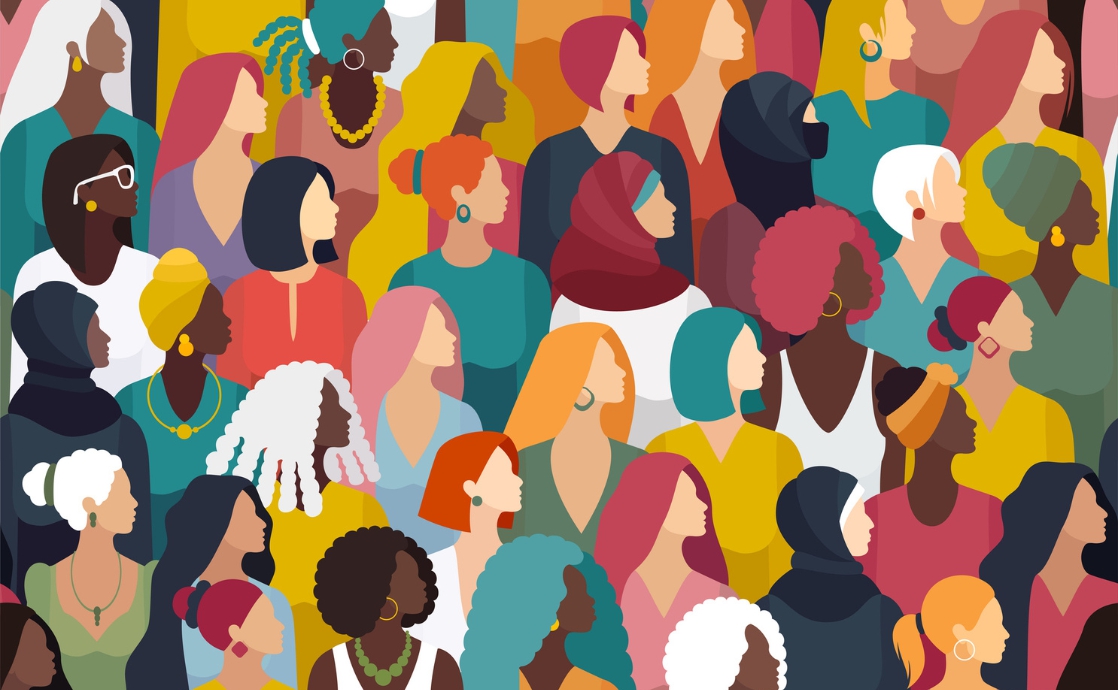The views expressed in our content reflect individual perspectives and do not represent the authoritative views of the Baha'i Faith.
Let’s say you have a visitor from another country who wants to see some American culture. What do you do? Do you take them to a baseball game, to the Statue of Liberty, or scan the sky for a bald eagle?
That’s a tough task. You really can’t show anyone your culture, because it only fully exists in the minds of those living it. To truly understand a culture, you must immerse yourself in it.
Individuals immersed in any culture come to understand and communicate their common histories and experiences through symbols.
RELATED: How to Bring Truthfulness Back into Our Culture
Culture can best be described as a self-contained universe of shared meaning, replete with symbols that reveal more meaning. Scripture has similar properties, filled with symbolic language that refers to abstract concepts, like this metaphorical passage from the Baha’i writings: “Thou art My lamp and My light is in thee. Get thou from it thy radiance …” or this one: “In the garden of thy heart plant naught but the rose of love.”
Similar inspirations arose from every divine revelation in history — which explains why all of the world’s great Faiths have had enormous impacts on human culture.
To illustrate, when my friend studied art history, she observed that new architectural and artistic styles always emerged following the advent of a new religion. She puzzled over what in the 19th century might have inspired so many new, creative expressions in art and architecture. When she discovered the Baha’i Faith, the mystery was solved: She immediately declared her belief in Baha’u’llah.
Because we live so close to a time when two divine messengers — the Bab and Baha’u’llah — infused a new revelation and its fresh ideas into the world, we are privileged to witness the beginnings of an emergent culture. Abdu’l-Baha, in his book Some Answered Questions, put it this way:
The enlightenment of the realm of thought proceeds from those Centres of light and Exponents of mysteries. Were it not for the grace of the revelation and instruction of those sanctified Beings, the world of souls and the realm of thought would become darkness upon darkness. Were it not for the sound and true teachings of those Exponents of mysteries, the human world would become the arena of animal characteristics and qualities, all existence would become a vanishing illusion, and true life would be lost. That is why it is said in the Gospel: “In the beginning was the Word”; that is, it was the source of all life.
Collectively, we learn the inner meanings of words and symbols. We can understand world cultures — various systems of meaning — as having arisen in different places and times when new messengers of God, called “Manifestations” in the Baha’i writings, imparted social teachings that made sense for those times, places, and people. Abdu’l-Baha explained:
… when the holy Manifestation of God, Who is the Sun of the world of creation, casts His splendour upon the world of hearts, minds, and spirits, a spiritual springtime is ushered in and a new life is unveiled. The power of the matchless springtide appears and its marvellous gifts are beheld. Thus you observe that, with the advent of each of the Manifestations of God, astonishing progress was attained in the realm of human minds, thoughts, and spirits. Consider, for example, the progress that has been achieved in this divine age in the world of minds and thoughts — and this is only the beginning of the dawn!
Consistent with the notion of culture existing collectively in our minds, Abdu’l-Baha explains how divine teachings use examples from nature to depict internal states, cautioning us not to mistake the symbol for the concept it signals.
Many cultural meanings resist change. For example, in the United States during the 1970s, an effort arose to create gender-neutral language, such as changing the word mailman — which implied that it was a job that only a man could do — to mail carrier. Thus Baha’u’llah’s teaching about the equality of women and men eventually became reflected in language usage.
Every country, and even regions within single nations, builds a dominant culture molded by shared history. Within the bounds of that culture, we tell ourselves stories about who we are. In the United States, for example, we define ourselves with phrases like the land of opportunity, all men are created equal, anyone can grow up to become president, e pluribus unum.
Although the meanings of these symbolic phrases exist not in things but in our minds, we couldn’t communicate if we each had our own individual meanings. Instead, meanings arise from our interactions with other group members speaking the same language, experiencing the same history, and living in the same area.
RELATED: Greetings from My Indigenous Culture
That’s the advantage of a symbol. Together we agree on what symbols mean — a five-pointed star, a cow, an X. Symbols are fundamental to human culture, build upon one another, and remain hidden in plain sight like the air we breathe. A nation’s flag, for instance, becomes a freighted symbol for every citizen of that nation. We dwell among all sorts of symbols and rarely think about what some of them mean — the shapes and styles of our homes and cities, our clothes, and all the visible ways we organize our lives, each containing meanings that we learn, usually unconsciously.
For that reason, the Baha’i writings support the idea of a universe of shared meaning. Abdu’l-Baha said, “The reality of man is his thought, not his material body.” In the same way, culture is not physical, but rather a system built on mutual beliefs which become symbolized by behaviors and values.
The Baha’i teachings call on humanity to begin identifying a universal set of symbols that can unite us and bring us peace.
















Comments
Sign in or create an account
Continue with Googleor